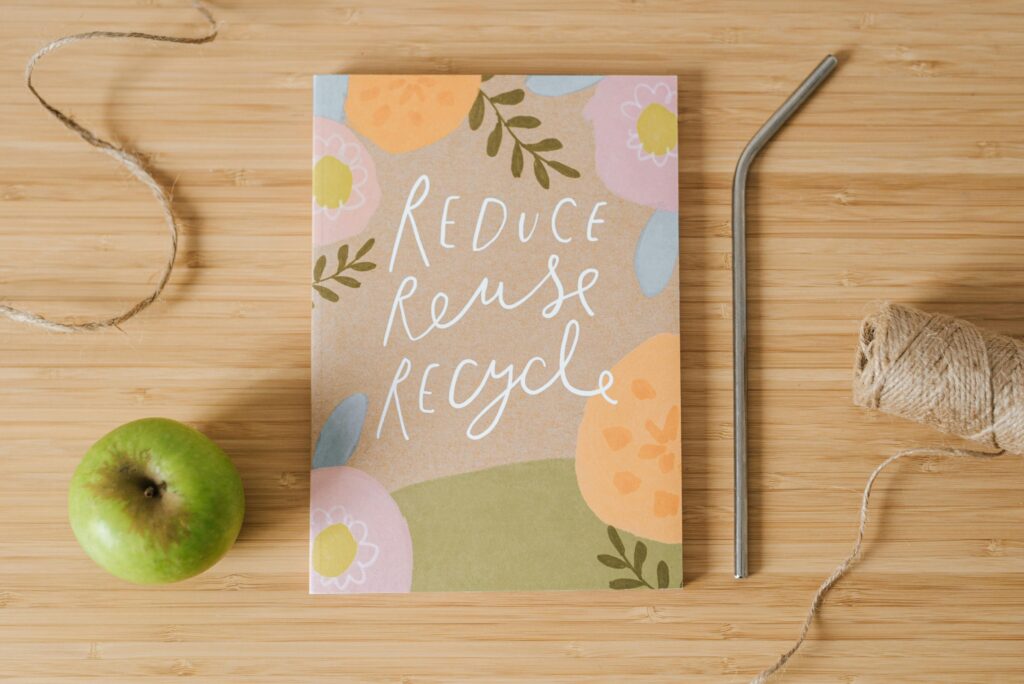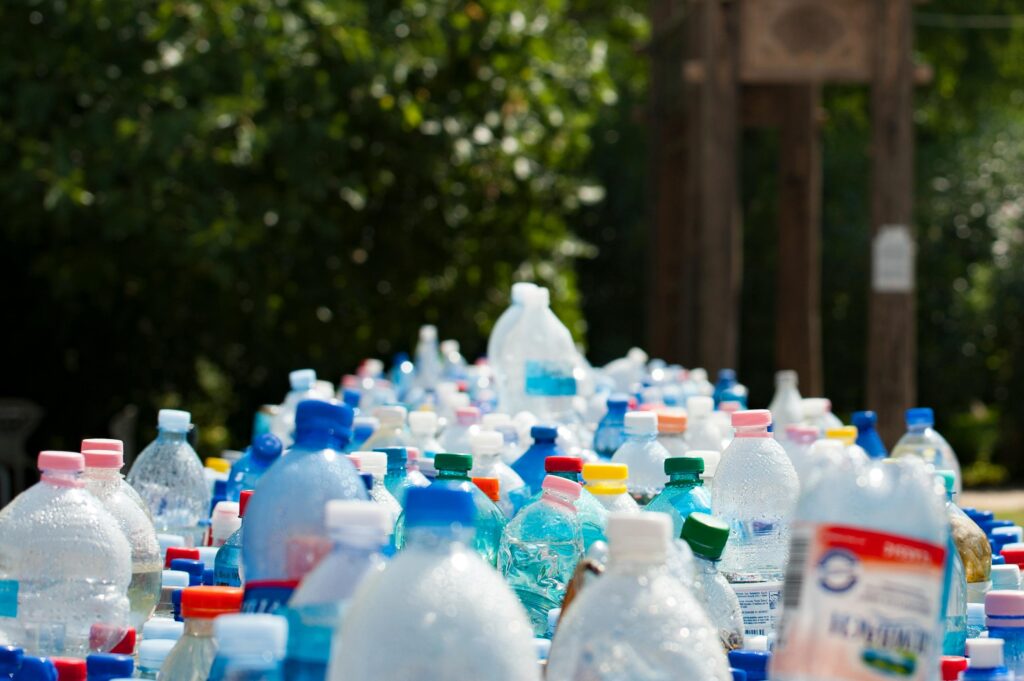Ever thrown away yet another box of plastic menstrual pads and felt that tiny pang of guilt? You’re not alone. Did you know conventional period products generate over 200,000 tons of waste annually? Enter zero waste menstrual pads—your solution to a cleaner period and a cleaner planet.
In this post, we’ll break down why eco-friendly options matter, guide you through choosing the best natural pads, and share tips on making the switch without losing your sanity. Plus, I’ll reveal my embarrassing “pad fails” so you don’t repeat them. Let’s dive in!
Table of Contents
Key Takeaways
- Switching to zero waste menstrual pads reduces environmental harm and keeps toxins off your skin.
- Materials like organic cotton, bamboo, and biodegradable liners make these pads both comfy and sustainable.
- Transitioning might feel awkward at first, but small habits lead to big impacts.
Why Does Switching to Zero Waste Menstrual Pads Matter?

Picture this: every single disposable pad you’ve ever used is still sitting in a landfill somewhere—not exactly the legacy any of us want to leave behind. Most commercial pads are made with petroleum-based plastics that take hundreds of years to break down. Yikes.
But here’s where things get grosser: those same synthetic materials trap heat and moisture against your skin, creating an ideal breeding ground for bacteria. And if they’re bleached or chemically treated? That’s just a disaster waiting to happen. Trust me; I learned the hard way after one *ahem* particularly itchy experience. Lesson learned: organic = better.
By opting for biodegradable menstrual pads, you’re not only ditching the plastic but also avoiding harmful chemicals like dioxins, chlorine, and fragrances that can irritate sensitive areas. It’s kind of like giving Mother Earth—and your body—a much-needed spa day.
How Do You Choose the Best Zero Waste Menstrual Pads for YOU?

Alright, Optimist Me would say: “Just pick anything labeled ‘organic’!” But let’s be real… Grumpy Me knows it’s never that easy. So here’s what to look for:
- Material Matters: Go for pads made from 100% certified organic cotton or bamboo fibers. These are soft, breathable, and fully biodegradable.
- No Additives: Skip products with added scents, bleach, or mystery chemical coatings. Your body will thank you.
- Absorbency Levels: Not all days are created equal. Look for brands offering light, regular, super, and overnight options.
- Eco-Friendly Packaging: Check whether the wrappers are recyclable or compostable too—it’s all about consistency!
Pro Tip: Brands like Natracare, Bamboolik, and Rael often lead the pack when it comes to quality and transparency.
What About Reusables?
I’ll admit—I was skeptical about reusable cloth pads until I tried them myself. They save money over time AND reduce even more waste than their biodegradable counterparts. Consider starting with reusable basics alongside disposable zero waste options while you’re still figuring out the vibe.
Tips for Transitioning Without Losing Your Sanity
- Start Small: Swap out just one type of product first (like your daily-use pads) before going full-on zero waste.
- Track Your Flow:** Keep notes on which absorbencies work best for specific days to avoid leaks or discomfort during the transition.
- #Fail Alert! Remember my story about forgetting to check compatibility with my undies? Yeah, lesson learned—measure coverage carefully.
Rant moment: Why does no one talk about how freaking confusing ingredient lists can be?! Half the stuff sounds like something straight out of Breaking Bad labs. Ugh.
Real Stories: From Plastic-Free Pads to a Greener Lifestyle

Take Sarah, a college student who started her journey by switching to menstrual cups and later incorporated biodegradable pads into her routine. She estimates having saved over $500 per year and reduced her carbon footprint significantly. Win-win!
Or consider Jenna, whose company now subsidizes employees’ purchases of eco-friendly period products after she pitched the idea following her own positive experience. Sometimes small changes snowball into larger movements.
Frequently Asked Questions About Zero Waste Menstrual Pads
Are zero waste menstrual pads as effective as traditional ones?
Absolutely! Modern designs ensure high absorbency levels comparable to conventional pads. The key is finding the right fit and material for your needs.
How do I dispose of biodegradable sanitary pads properly?
If possible, compost them in industrial facilities designed to handle human waste. Otherwise, check local guidelines since some regions allow home composting under certain conditions.
Will switching really make a difference?
Every little bit counts! Even swapping a few products each month translates to fewer plastics polluting landfills and oceans. Imagine the collective impact if everyone did it!
Conclusion
Making the leap to zero waste menstrual pads doesn’t have to feel overwhelming. With thoughtful choices, a sprinkle of patience, and maybe a couple of silly mistakes along the way, you CAN protect both yourself and our planet.
So go ahead—swap that synthetic clutter for organic calmness. Future-you (and future-squirrels) will thank you.
“Like planting a tree, small steps grow mighty forests.” 🌳✨


